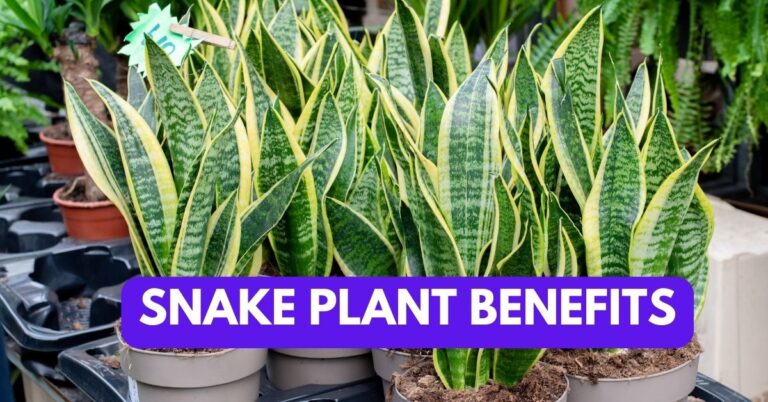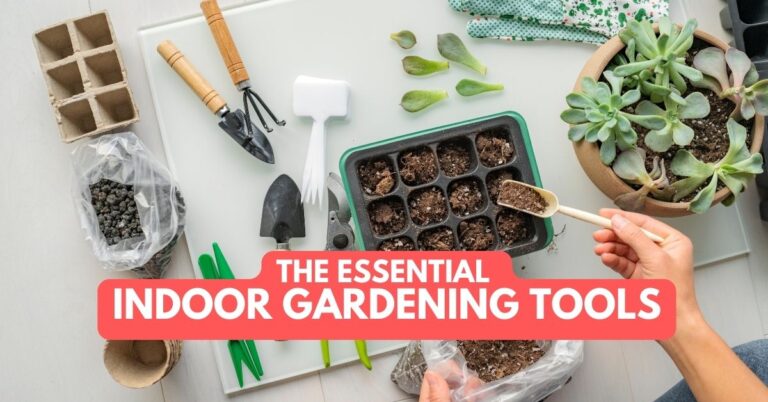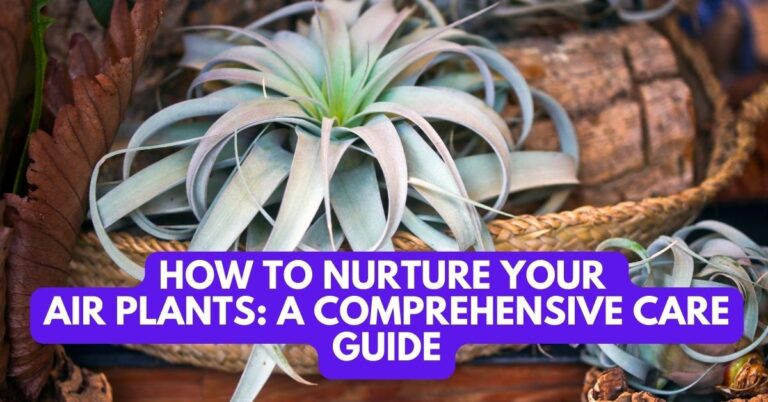The Essential Guide to Caring for Your Maidenhair Fern
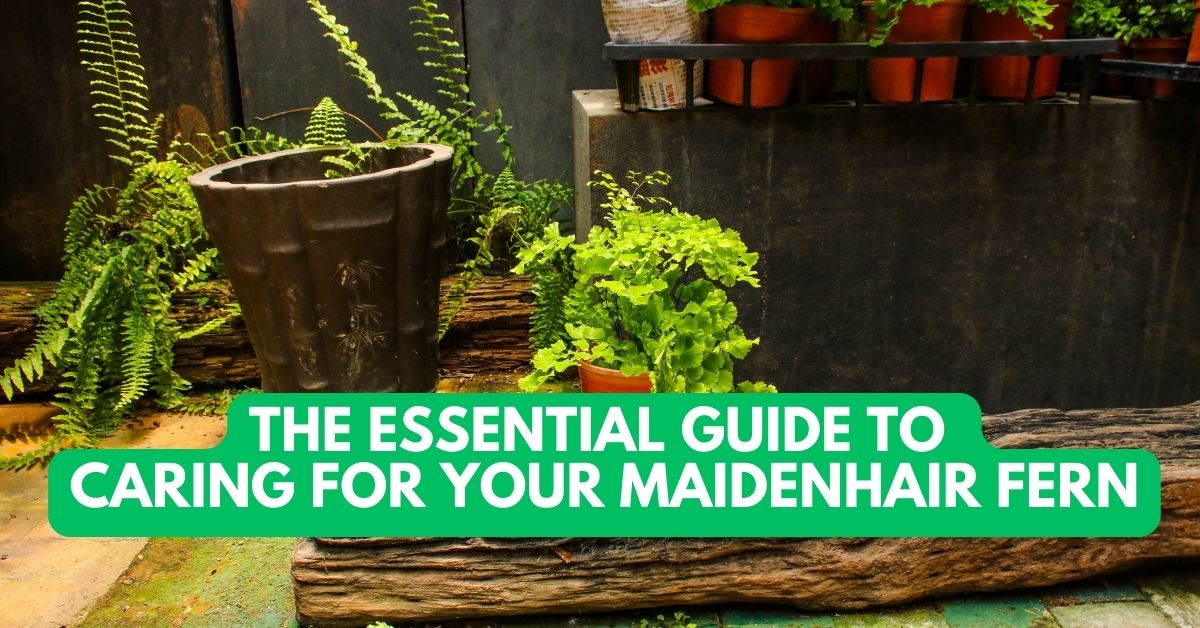
Maidenhair ferns, also known as Adiantum, are one of the most popular houseplants around. They’re easy to care for, and their delicate, lacy foliage adds a touch of elegance to any space. If you’re thinking of bringing a maidenhair fern into your home, this guide is here to help. Here, you’ll find all the information you need to give your plant the best possible care so it can thrive in your home.
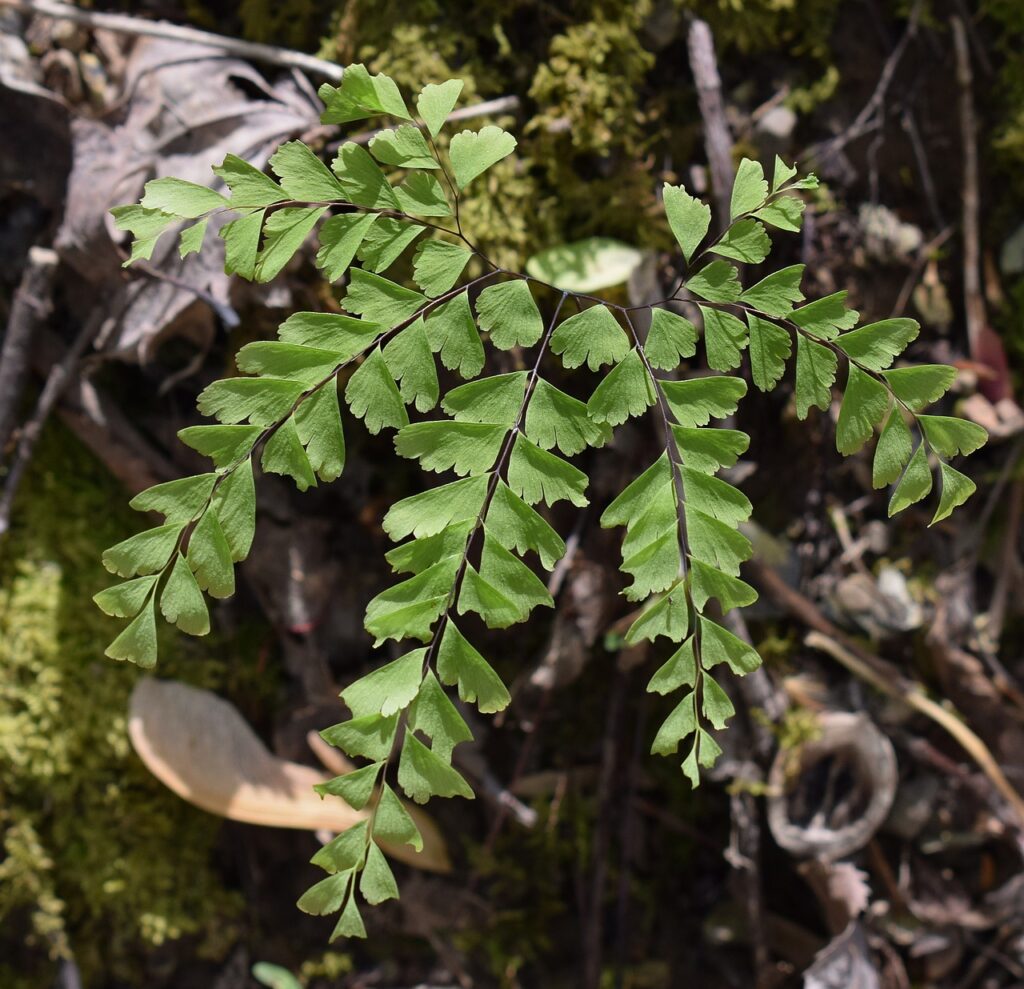
Photo by leoleobobeo on Pixabay
Introduction to Maidenhair Ferns
Maidenhair ferns are part of the Adiantum family, which includes over 200 species of ferns. They’re native to tropical and subtropical regions around the world, including Africa, Asia, and South America. Maidenhair ferns have delicate, fan-shaped foliage that’s dark green on top and silver underneath. They’re a popular choice for terrariums and hanging baskets because of their graceful, trailing habit.
Maidenhair ferns need a warm, humid environment to thrive, so they’re best suited for indoor environments. They’re not the best choice for novice gardeners, as they require a bit more attention than some other houseplants. However, with the right care, you can keep your maidenhair fern healthy and happy for years to come.
Overview of Maidenhair Fern Care
Caring for a maidenhair fern requires a bit of knowledge and attention. You’ll need to understand the plant’s needs for water, light, temperature, and humidity. You’ll also need to ensure the soil is the right type and has the right pH level. Finally, you’ll need to be aware of common pests and diseases that can affect your fern.
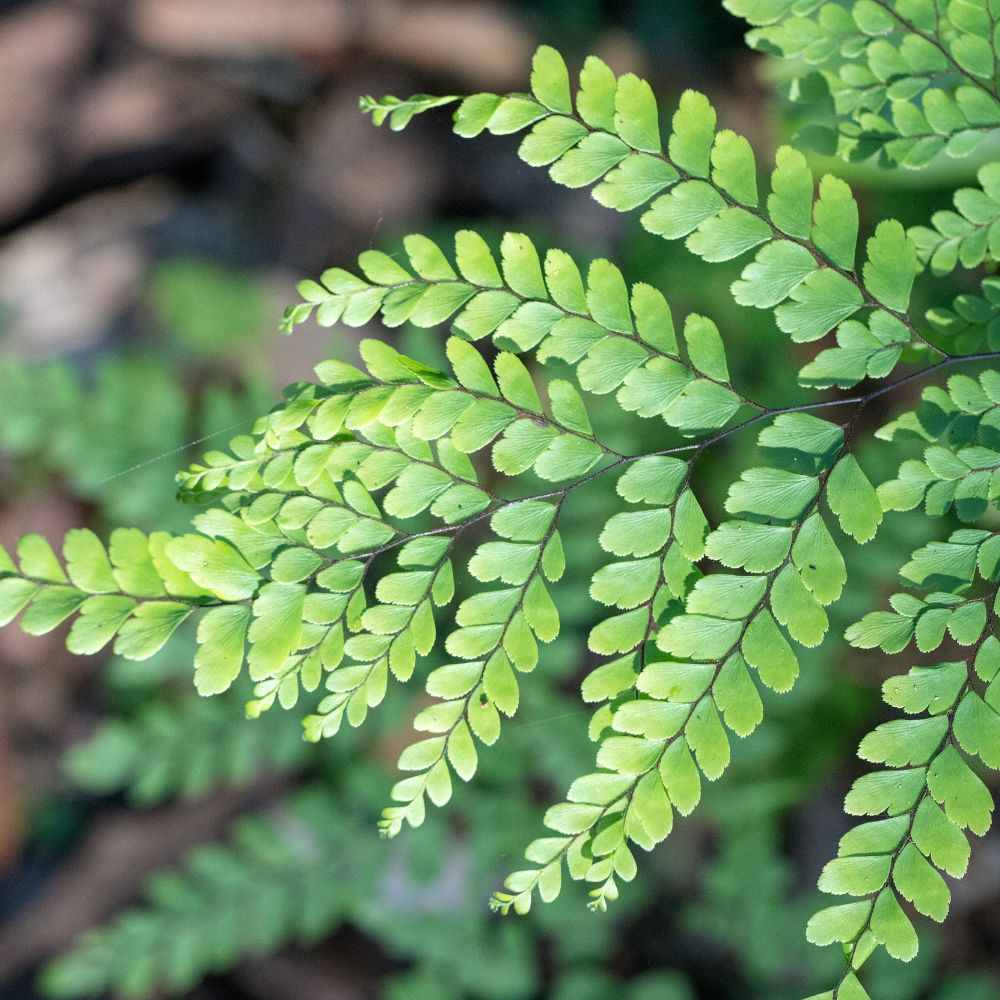
Fortunately, caring for a maidenhair fern doesn’t have to be complicated. Once you understand the basics of maidenhair fern care, you’ll be able to provide your plant with the conditions it needs to thrive.
Water Requirements for Maidenhair Ferns
Maidenhair ferns prefer moist, but not soggy, soil. You should water your maidenhair fern when the top inch of soil feels dry to the touch. Aim to keep the soil evenly moist, but not overly wet. Overwatering can cause root rot and other issues.
When you water your fern, use lukewarm water and water at the base of the plant. Be sure to avoid getting the foliage wet, as this can cause leaf spots or other issues. You may also want to consider using a water filtration system to ensure your water is free of chlorine and other chemicals.
Light Requirements for Maidenhair Ferns
Maidenhair ferns prefer bright, indirect light. Place your fern in a spot that receives bright, indirect light for at least six hours a day. Direct sunlight can damage the foliage, so it’s best to avoid placing your fern in a spot that receives direct sunlight.
If you don’t have a spot that receives bright, indirect light, you can use a grow light to supplement the light your fern receives. Position the light about 12 inches above the fern and leave it on for at least six hours a day.
Temperature Requirements for Maidenhair Ferns
Maidenhair ferns prefer temperatures between 65 and 80 degrees Fahrenheit. They’re not cold-hardy, so be sure to keep your fern away from drafty windows or vents. If the temperature drops below 65 degrees, your fern may start to suffer.
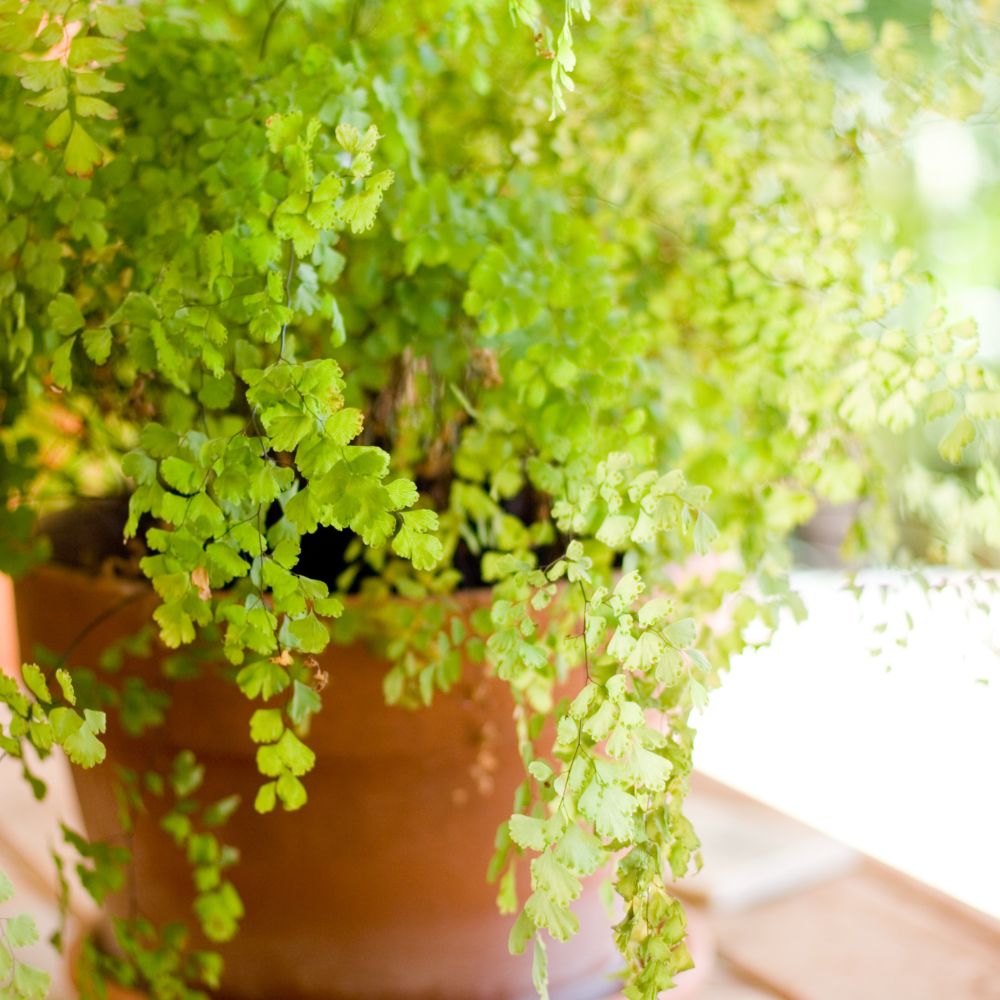
You can also consider investing in a humidity tray to help provide the right humidity levels for your fern. Simply fill the tray with gravel and water and place it near your fern. The water will evaporate, helping to raise the humidity around the plant.
Humidity Requirements for Maidenhair Ferns
Maidenhair ferns prefer high humidity levels. Aim to keep the humidity around your fern at between 50 and 70 percent. If the humidity drops below 50 percent, you may start to see signs of stress in your fern, such as browning foliage or wilting.
Fortunately, there are a few easy ways to increase the humidity around your fern. You can use a humidifier, place your fern near a water feature, or mist the foliage every few days.
Soil Requirements for Maidenhair Ferns
Maidenhair ferns need well-draining, nutrient-rich soil. Look for a potting mix that’s formulated for ferns or mix your own with equal parts peat moss, perlite, and compost. You can also add a handful of sand or grit to help improve drainage.

Your fern will also benefit from regular fertilization. Aim to fertilize your fern every two weeks during the growing season with a balanced liquid fertilizer diluted to half-strength.
How to Propagate Maidenhair Ferns
Maidenhair ferns can be propagated by division or by spores. The division is the easiest way to propagate your fern, and it’s best done in early spring or late fall. To divide your fern, use a sharp knife to carefully separate the rhizomes. Plant the divisions in a new pot filled with fresh potting soil.
If you’d like to propagate your fern using spores, you’ll need to collect the spores from the undersides of the fronds. Place the spores on a damp paper towel and place the paper towel in a plastic bag. Place the bag in a warm, humid spot and keep it out of direct sunlight. In a few weeks, the spores should germinate and you can then pot them up in fresh potting soil.
Pests and Diseases of Maidenhair Ferns
Maidenhair ferns can be susceptible to pests and diseases, so it’s important to be aware of the signs. Common pests include aphids, mealybugs, and scale. If you notice any of these pests on your fern, use insecticidal soap or neem oil to treat the infestation.
Common diseases of maidenhair ferns include root rot, leaf spot, and crown rot. If you notice any of these diseases on your fern, trim off any affected foliage and report your fern in fresh soil. If you’re not sure what’s causing the issue, take a sample of the affected foliage to your local garden center for help.
Conclusion
Maidenhair ferns are a beautiful and elegant addition to any home. With the right care, they can thrive indoors and provide years of enjoyment. To keep your maidenhair fern healthy, make sure it receives the right amount of water, light, temperature, humidity, and soil. Be aware of common pests and diseases, and be sure to fertilize your fern regularly. With the right care, your maidenhair fern will be a beautiful and graceful addition to your home for years to come.
FAQ
Does maidenhair fern need sun?
My maidenhair fern, Venus, needs to be able to observe the sky, but she should be protected from too much sunlight. Positioning her near a window is generally the best option, although some early morning or late afternoon sunlight is acceptable. If any more intense rays are present, her leaves may become scorched.
Is maidenhair fern a good indoor plant?
It’s great news that all kinds of maidenhair ferns can be maintained indoors all year round! When it comes to light, these ferns are low-light plants and can’t tolerate direct sunlight. To keep their delicate leaves safe, pick an area in your home that gets indirect light or a combination of filtered light and shade. Yay!
Why are maidenhair ferns so hard to keep alive?
Maidenhair ferns aren’t too fond of arid environments, so if you’re one of those people who has a dry household, you’ll have to find a way to give it the moisture it requires. In my experience, the bathroom has been the best place for them, near the shower, nevertheless, I was able to keep it in a different spot with regular misting and it grew so well!
Can I leave maidenhair fern in the water?
For optimal growth, make sure you don’t over-water or let it dry out. If you decide to grow it in a container, pick one that’s double the size of the fern and use high-quality potting soil. Excitedly, this will give you the best results!
Where is the best place for a maidenhair fern?
If you’re looking for the perfect spot for your maidenhair fern, it needs to be in a spot that’s filled with plenty of natural light! If you’re in a bit of a darker room, make sure to move the fern closer to a window to make sure it gets as much light as possible. It’s so exciting to find the right space for your plant!
Content are generated with AI, fact checked by editorial team.
Hi there! My name is Aaron and I am a gardening expert from the United States. I have always had a passion for gardening and have been practicing it for years. I have gained extensive knowledge and experience in gardening.

